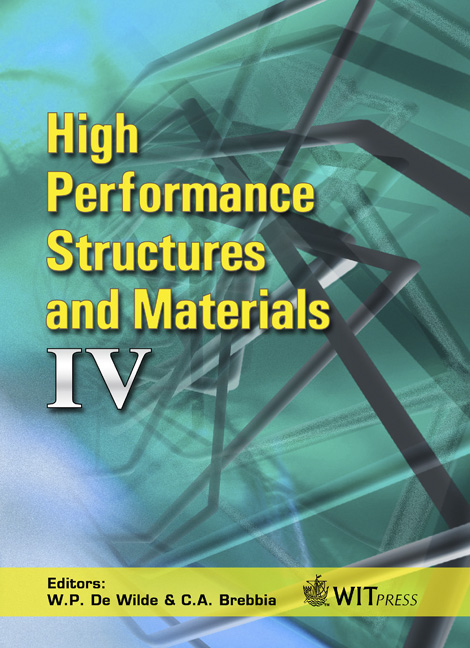Experimental Evaluation Of The Torsional Behaviour Of Thin Walled Beams: Elastic And Buckling Situations
Price
Free (open access)
Transaction
Volume
97
Pages
10
Page Range
253 - 262
Published
2008
Size
661 kb
Paper DOI
10.2495/HPSM080271
Copyright
WIT Press
Author(s)
G. Belingardi, L. Peroni & A. Scattina
Abstract
In the automotive engineering field, as well as in other structural applications, thin walled box beams are widely used. In car body construction this type of beam is fundamental, as it constitutes the base element of the frame structure. The torsional stiffness is one of the main characteristics for a car body and is one of the main targets in the design of a new car. A good result in the body torsional stiffness can be achieved by an appropriate layout of the beams that constitute the frame, an appropriate design of the beam section, and an appropriate design of the joints that connect each other with the beams to build the frame. The aim of the present paper is the analysis and comparison of the structural response of box-beams, typical elements of frame, submitted to torsion loads. Different cross-section shapes made by means of various types of joining technique are considered. A torsion test machine has been designed and built, capable of testing different types of thin walled beam specimens. This test machine has different structural characterisation purposes: torsion stiffness, buckling and plastic post-buckling behaviour, static strength, and fatigue strength. The characteristics obtained by the adoption of a different joining technique can also be evaluated. The main constructive solutions adopted for the new test machine are reported in this work. Experimental results obtained from a first series of tests carried out on simple thin walled box beams with two different cross sections, some of them obtained by using adhesive joints, are presented. Keywords: torsion, torsional stiffness, thin walled boxed beams, buckling.
Keywords
torsion, torsional stiffness, thin walled boxed beams, buckling.





